In the vast world of animal adaptations, few are as mesmerizing and ingenious as the camouflage technique employed by the vine snake. This remarkable reptile has developed an extraordinary ability to mimic the gentle swaying of tall grass and vegetation, rendering it virtually invisible to both predators and prey. The vine snake’s mimicry represents one of nature’s most sophisticated examples of evolutionary adaptation, allowing this slender hunter to blend seamlessly into its environment while remaining hidden in plain sight. This fascinating behavior not only ensures the snake’s survival but also offers scientists valuable insights into the complex relationship between predators, prey, and their shared environments.
The Masters of Disguise: Introducing Vine Snakes

Vine snakes (genus Oxybelis) are a group of slender, elongated colubrid snakes native to the tropical regions of the Americas, particularly Central and South America. With their incredibly thin bodies, pointed snouts, and extraordinary length-to-width ratio, these reptiles are perfectly adapted for life among the vegetation. Their most notable species include the Green Vine Snake (Oxybelis fulgidus), the Brown Vine Snake (Oxybelis aeneus), and the Mexican Vine Snake (Oxybelis potosiensis). These remarkable creatures typically reach lengths of 4-6 feet, yet remain astonishingly thin—often no wider than a pencil—allowing them to distribute their weight across multiple branches and create the illusion of being nothing more than another swaying stem in the breeze.
The Science Behind the Swaying
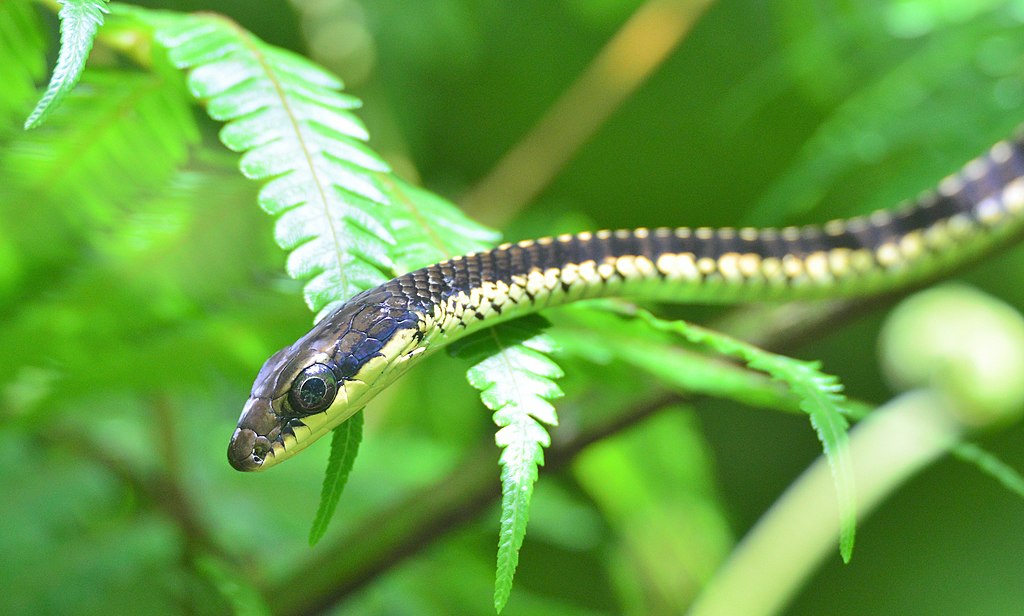
The vine snake’s swaying behavior is a sophisticated form of what scientists call “dynamic camouflage”—a defense mechanism that goes beyond merely matching colors or patterns. When stationary objects move in a predictable pattern that matches their environment, they can effectively disappear from the visual processing systems of both predators and prey. The snake achieves this by carefully controlling its muscular movements to produce a rhythmic, side-to-side motion that perfectly mimics how vegetation moves in the wind. What makes this behavior particularly remarkable is the snake’s ability to match the specific frequency and amplitude of the surrounding plants’ movements, adjusting its sway depending on wind conditions and the type of vegetation it’s mimicking. This calculated movement requires precise neuromuscular control and represents a fascinating example of behavioral evolution.
Evolutionary Advantages of Grass Mimicry
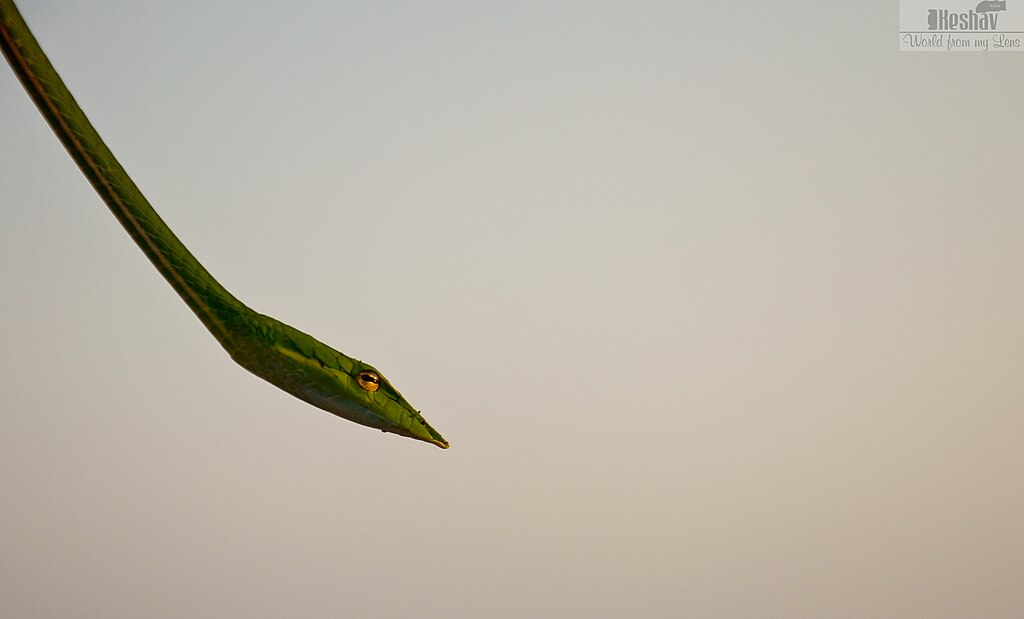
The vine snake’s swaying behavior confers multiple evolutionary advantages that have helped the species thrive in competitive ecosystems. First and foremost, this camouflage technique allows the snake to become functionally invisible to predators such as birds of prey, which might otherwise easily spot a stationary snake against the moving background of windblown vegetation. Equally important, this disguise enables the snake to become an ambush predator of exceptional effectiveness, allowing it to approach unsuspecting prey animals that fail to distinguish the predator from the swaying grass around them. Additionally, this adaptation has enabled vine snakes to occupy ecological niches that might otherwise be unavailable to them, as they can hunt during daylight hours when most snakes would be highly visible. The evolutionary pressure that produced this remarkable behavior demonstrates nature’s capacity for developing complex solutions to survival challenges.
Physical Adaptations Supporting the Disguise
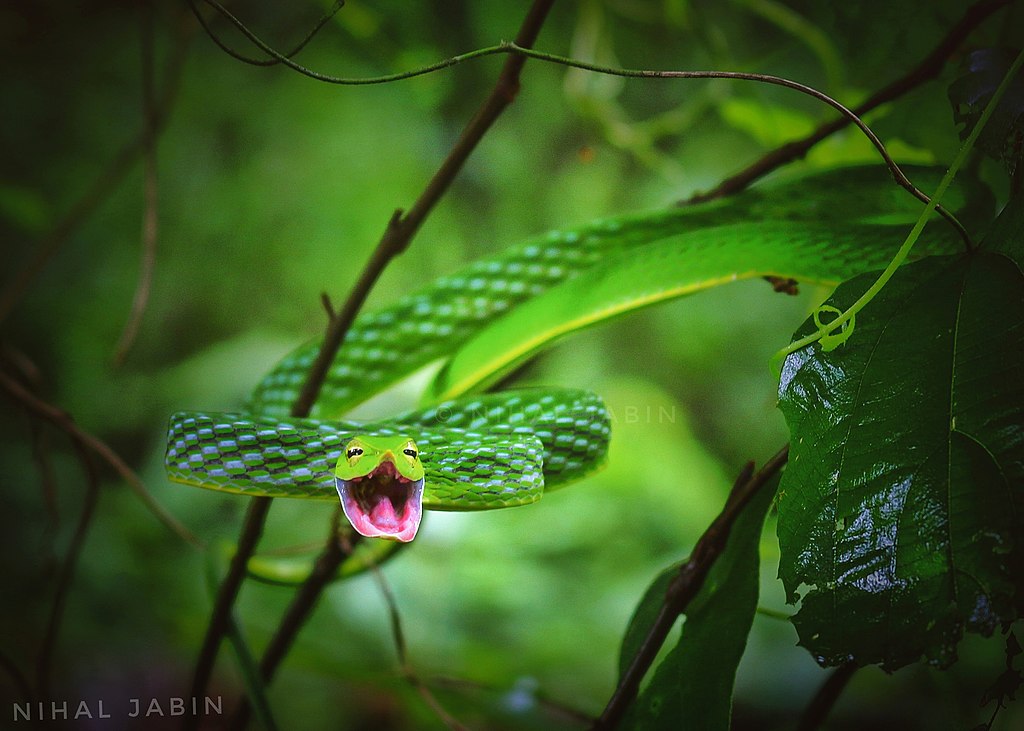
Beyond their behavioral adaptations, vine snakes possess numerous physical traits that enhance their grass-mimicking capabilities. Their slender bodies, often just a few millimeters in diameter, match the profile of grass stems and thin branches, while their elongated heads with pointed snouts resemble leaf tips or buds. The coloration of vine snakes further supports their disguise, with most species displaying green, brown, or grayish hues that blend perfectly with their preferred habitats. Some species even possess subtle longitudinal striping that mimics the veining patterns of leaves or the light-and-shadow patterns created by closely growing vegetation. Perhaps most remarkable is their skin texture, which lacks the obvious scaling pattern of many snakes and instead presents a smoother appearance that more closely resembles plant material when viewed from a distance.
The Green Vine Snake: Master of Wind Dance
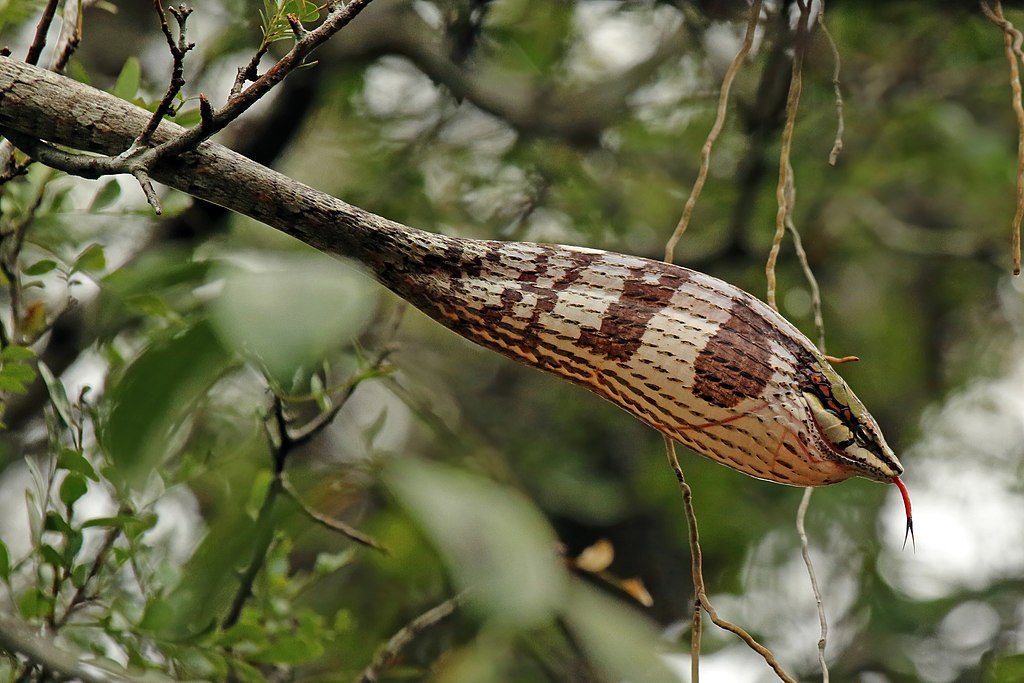
Among vine snakes, the Green Vine Snake (Oxybelis fulgidus) stands out as perhaps the most accomplished practitioner of the grass-swaying mimicry. With its brilliant emerald coloration and remarkable length-to-width ratio, this species disappears almost completely when positioned among green vegetation. The Green Vine Snake enhances its disguise through behavioral specializations, including the ability to remain perfectly still for hours while only its anterior body section performs the swaying motion. Researchers have documented these snakes maintaining their swaying behavior even when no wind is present, suggesting an innate understanding of the importance of this motion to their survival strategy. When threatened, rather than fleeing immediately, these snakes often intensify their swaying behavior, effectively doubling down on their primary defense mechanism before resorting to escape.
Hunting Strategies of the Swaying Predator
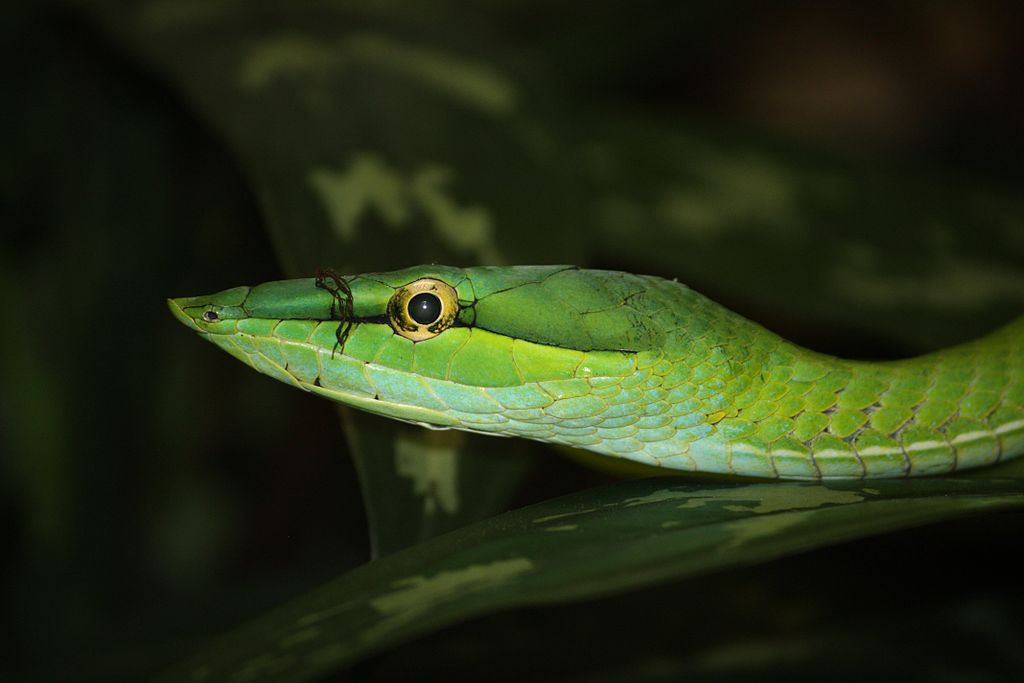
The vine snake’s mimicry serves not only as defensive camouflage but also as a sophisticated hunting strategy. Unlike many serpents that rely on ambush from a static position, vine snakes actively stalk their prey while maintaining their grass-mimicking sway. This allows them to approach birds, lizards, and small mammals without triggering their prey’s flight response. When within striking distance, the vine snake can launch an impressively fast attack from its swaying position, catching prey completely unaware. Their hunting technique is further enhanced by rear-fanged venom delivery, with specialized teeth located far back in their mouths that inject mild venom into prey after it has been caught. This unique combination of camouflaged approach and specialized predation tools makes vine snakes remarkably efficient hunters despite their delicate build and seemingly vulnerable physical structure.
Environmental Requirements for Successful Mimicry

For vine snakes to successfully employ their grass-mimicking behavior, specific environmental conditions must be present. These snakes typically inhabit ecosystems with abundant vegetation that naturally sways in the wind, such as grasslands, forest edges, and riparian zones with tall reeds or grasses. The effectiveness of their mimicry depends on variables including wind patterns, vegetation density, and light conditions. In areas with constant gentle breezes, vine snakes can remain effectively hidden for extended periods, whereas in still conditions, they may need to rely more heavily on their coloration camouflage or seek denser vegetation. Research indicates that these snakes are highly selective about their hunting and resting positions, choosing locations where the ambient movement of vegetation provides optimal conditions for their mimicry to be effective.
Observing the Difference: Intentional vs. Wind-Driven Movement
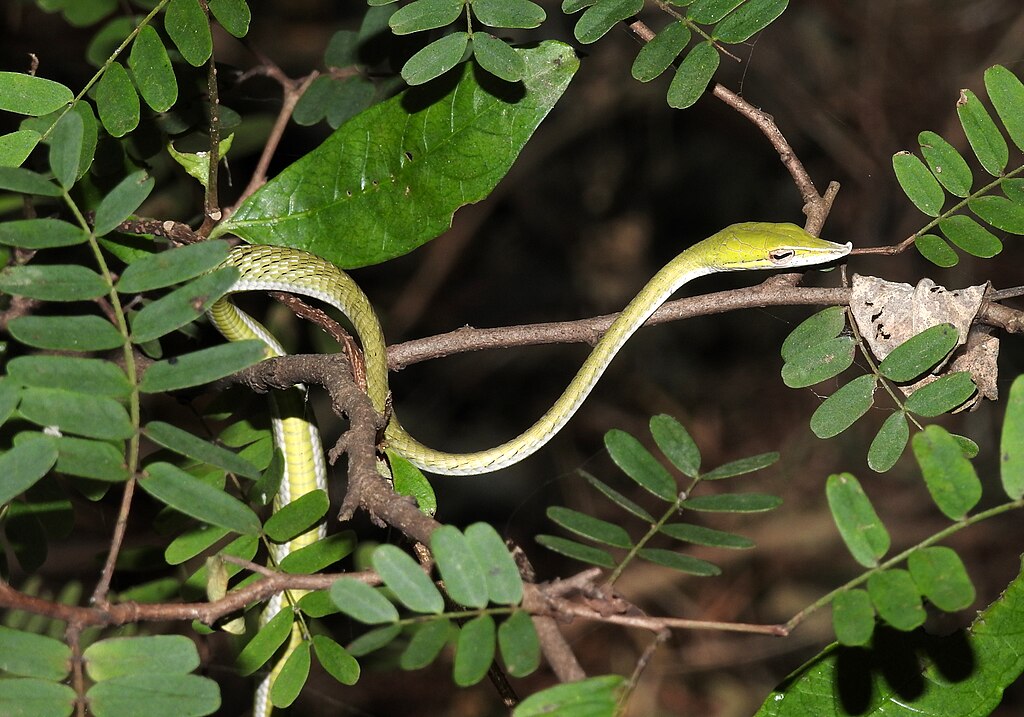
One of the most fascinating aspects of the vine snake’s behavior is how it differs from actual wind-driven plant movement. To the untrained eye, the difference may be imperceptible, but closer examination reveals subtle distinctions. Wind-blown vegetation typically moves in response to air currents, with movement originating at the base and flowing toward the tips in wave-like patterns. Conversely, the vine snake must generate its movement internally, resulting in a more controlled, regular oscillation that may not perfectly match the chaotic variability of true wind-driven movement. Herpetologists studying this behavior have observed that vine snakes seem to compensate for these limitations by positioning themselves at specific angles relative to the wind and adjusting their swaying frequency to match dominant patterns in the surrounding vegetation, demonstrating a remarkable level of environmental awareness and behavioral plasticity.
Challenges to Vine Snake Survival
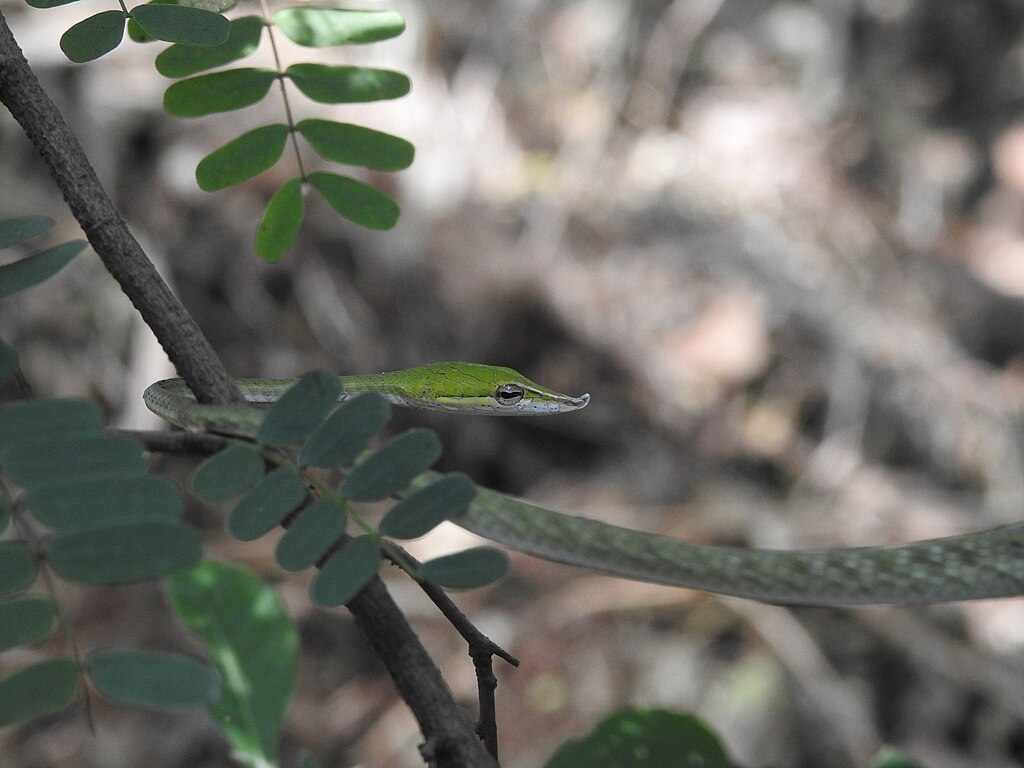
Despite their remarkable adaptations, vine snakes face numerous challenges in the wild that threaten their survival. Habitat loss represents perhaps the most significant threat, as human development continues to encroach on the tropical forests and grasslands these specialized hunters require. Climate change poses additional challenges, as altered precipitation patterns and changing wind regimes may disrupt the environmental conditions that make the snakes’ mimicry effective. These reptiles are also particularly vulnerable to predation during molting periods when they must remain relatively stationary and cannot perform their protective swaying behavior effectively. Additionally, many vine snake species face threats from the exotic pet trade, where their unusual appearance and behavior make them desirable to collectors, further pressuring wild populations already struggling with habitat fragmentation and environmental degradation.
Similar Adaptations in Other Species
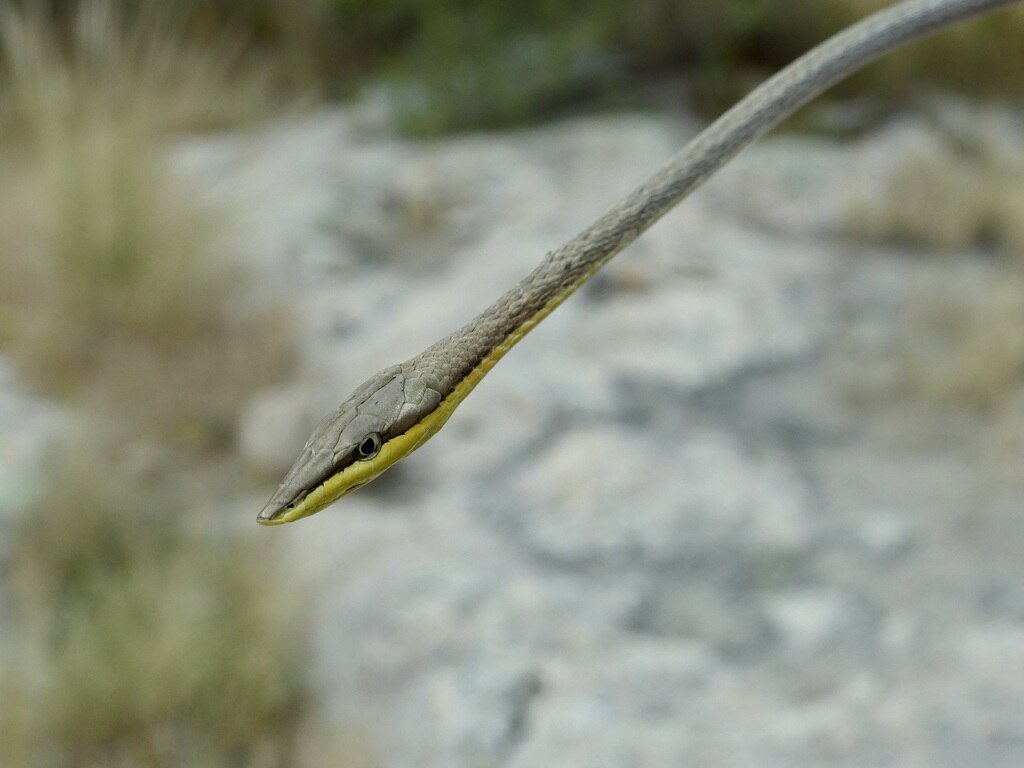
The vine snake’s grass-mimicking behavior, while extraordinary, is not entirely unique in the animal kingdom. Parallel evolutionary developments have produced similar adaptations in other species facing comparable environmental pressures. The Malaysian stick insect (Phasmatodea) exhibits a swaying behavior remarkably similar to the vine snake’s, gently rocking in a manner that mimics vegetation moving in the breeze. Certain species of mantids, particularly those in the genus Phyllocrania, combine leaf-like appearances with subtle swaying movements that enhance their disguise. Among vertebrates, the leafy seadragon (Phycodurus eques) employs comparable movement patterns underwater, gently swaying to mimic the motion of seaweed fronds. These convergent adaptations across widely divergent species and habitats underscore how similar environmental challenges can drive the evolution of comparable solutions in unrelated organisms.
Studying Vine Snake Behavior: Research Challenges

Scientific study of vine snakes presents researchers with unique methodological challenges that have limited our understanding of these fascinating reptiles. Their cryptic nature makes them difficult to locate and observe in the wild, while their specialized environmental requirements make them challenging to maintain in captivity for controlled studies. Field researchers must develop specialized search techniques that account for the snakes’ exceptional camouflage, often spending hundreds of hours scanning vegetation to locate specimens. When studying their movement patterns, researchers must control for variables such as wind conditions, light levels, and vegetation types, all of which influence the snakes’ behavior. Additionally, the stress of human observation may itself alter the snakes’ natural behaviors, requiring the development of remote monitoring techniques such as specialized camera traps with motion-detection capabilities sensitive enough to be triggered by the subtle movements of these remarkably thin reptiles.
Conservation Status and Protection Efforts
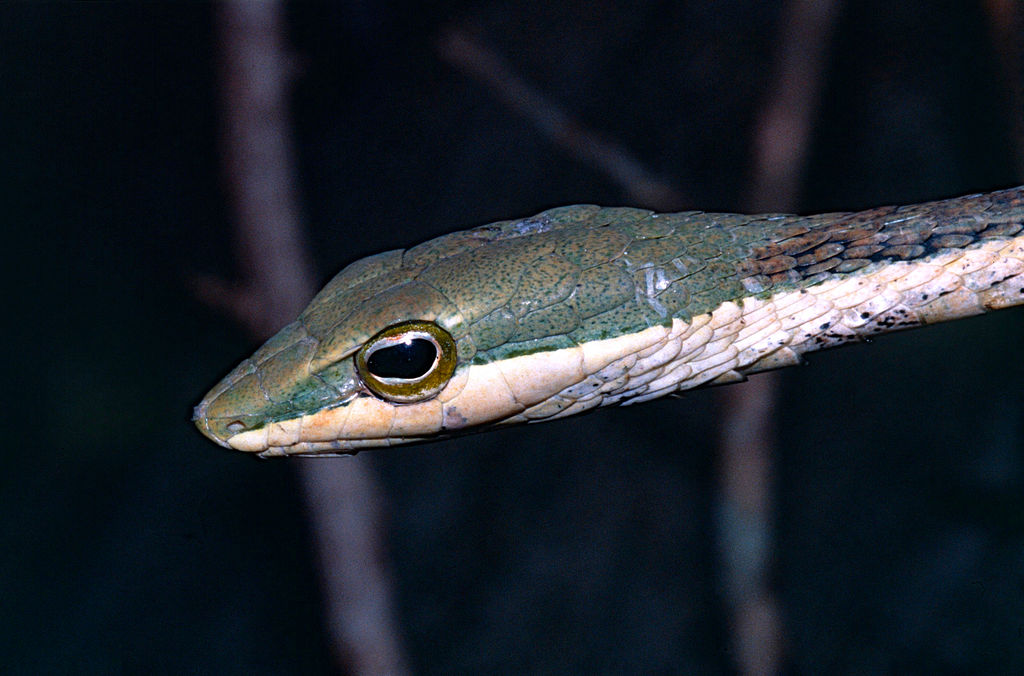
The conservation status of many vine snake species remains poorly understood due to limited population studies and the challenges of monitoring these cryptic reptiles. While some species appear to maintain stable populations, others face increasing threats from habitat destruction and climate change. Conservation organizations are working to establish protected areas that encompass the diverse habitats these specialized predators require, particularly focusing on preserving the transitional zones between forests and grasslands where many vine snake species thrive. Some conservation programs have implemented educational initiatives aimed at local communities, highlighting the ecological importance of these non-venomous snakes and their role in controlling rodent and lizard populations. Additionally, international regulations restricting the trade of wild-caught specimens have been implemented for some vine snake species, though enforcement remains challenging in many regions where these remarkable reptiles are found.
The Future of Nature’s Perfect Mimics
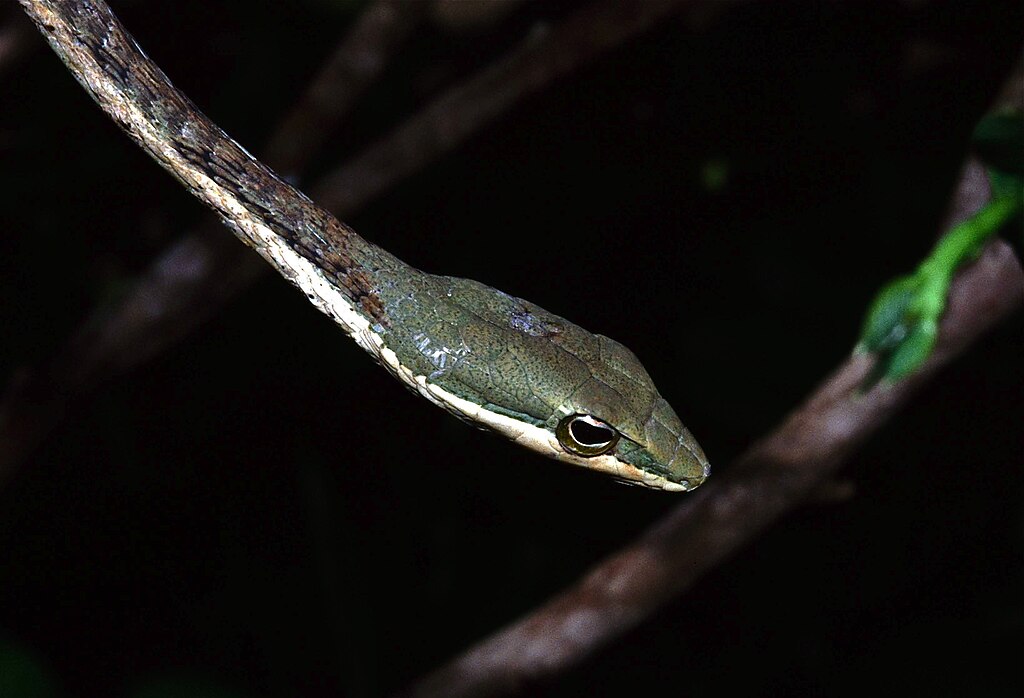
The future of vine snakes in our rapidly changing world remains uncertain, though their remarkable adaptability offers some hope for their continued survival. These specialized predators have evolved one of nature’s most sophisticated camouflage techniques over millions of years, demonstrating the incredible power of natural selection to produce solutions to environmental challenges. Conservation biologists suggest that protecting large, connected habitats with diverse vegetation structures represents the best strategy for ensuring these snakes’ long-term survival. Continued research into their behavior, ecology, and population dynamics will be essential for developing effective conservation strategies tailored to their unique needs. As we learn more about these remarkable reptiles and their extraordinary ability to mimic swaying grass, they serve as powerful ambassadors for the subtle intricacies of natural selection and the countless wonders still awaiting discovery in the natural world.
Conclusion

The vine snake’s remarkable ability to mimic the swaying of tall grass represents one of nature’s most elegant solutions to the dual challenges of avoiding predation and capturing prey. Through a combination of specialized physical attributes and sophisticated behavioral adaptations, these slender hunters have perfected an art of disguise that renders them nearly invisible within their natural habitats. As we continue to study these fascinating reptiles, they provide valuable insights into the evolutionary processes that produce such specialized adaptations. In a world of increasingly threatened biodiversity, the vine snake stands as a testament to the extraordinary capabilities that can emerge through natural selection and the importance of preserving the complex ecosystems where such remarkable adaptations can flourish.





